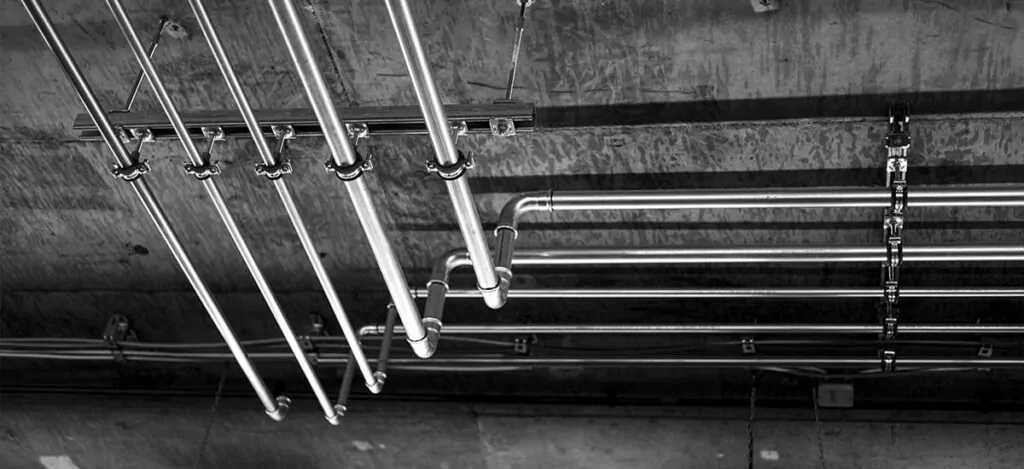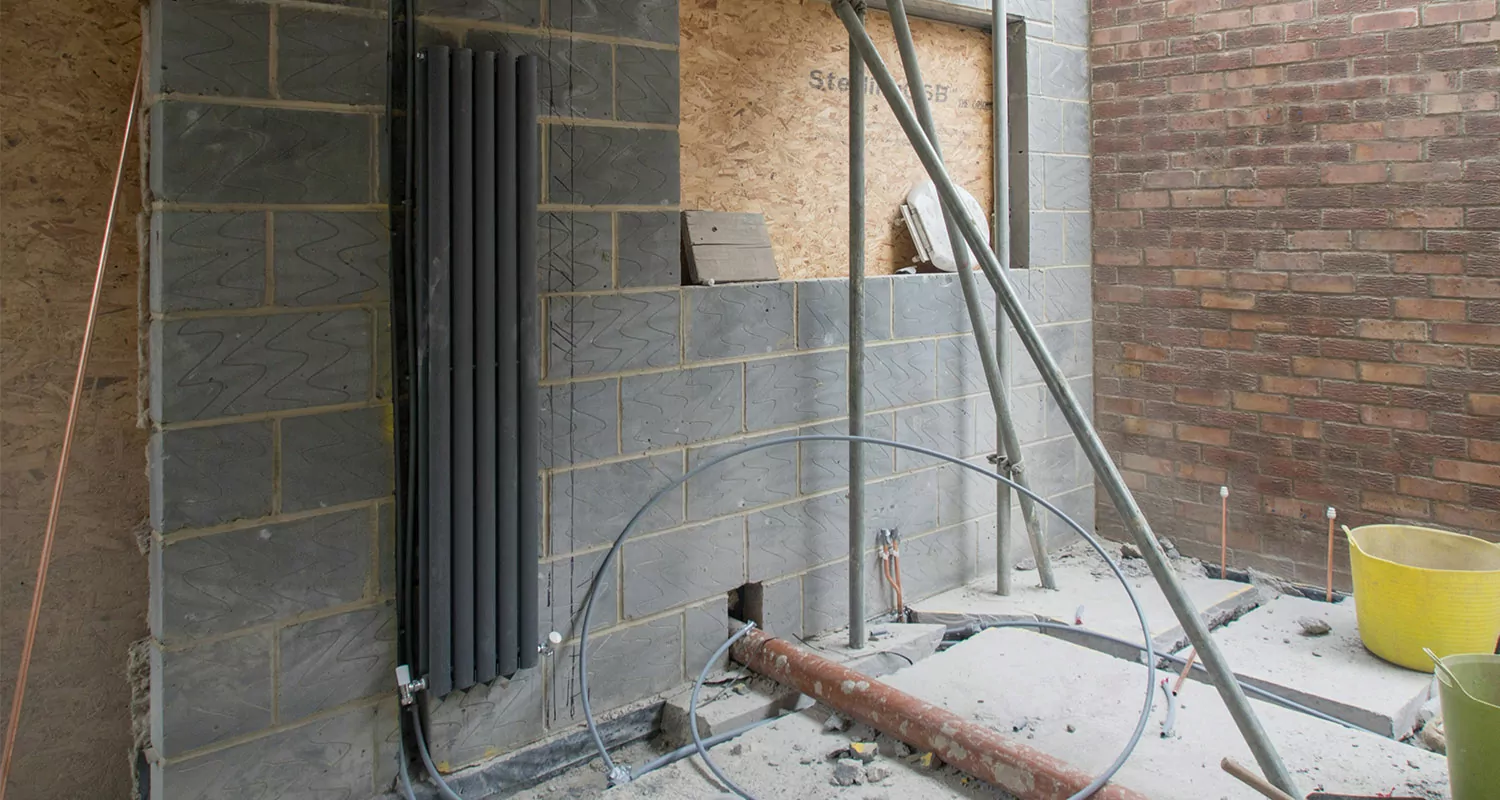The invention of indoor plumbing revolutionized daily life and brought modern convenience to households. While we may take it for granted today, indoor plumbing has a long and fascinating history.
It traces back to the early 1800s when the most important advancements in plumbing began to take place. Archaeological discoveries reveal ancient civilizations like the Egyptians and Romans had sophisticated plumbing systems with irrigation, sewage disposal, and even flushing toilets.
However, indoor plumbing as we know it today didn’t become widespread until the mid-19th century in America. The development of efficient water and sewage systems in cities paved the way for the adoption of indoor plumbing in homes across the country.
Key Takeaways
- Indoor plumbing was invented in the early 1800s and became widespread in the mid-19th century in America.
- Ancient civilizations such as the Egyptians and Romans had advanced plumbing systems with irrigation, sewage disposal, and flushing toilets.
- Thomas Crapper improved the design of the flush toilet in the late 19th century, revolutionizing sanitation practices.
- Plastic pipes were introduced in the 20th century as an alternative to copper.
- Cities like Chicago led the way in establishing comprehensive sewer systems for waste disposal and sanitation.
Ancient Origins of Indoor Plumbing

The ancient civilizations of Egypt and Rome played a pivotal role in the development of indoor plumbing systems. These ancient plumbing systems laid the foundation for the modern convenience we enjoy today. Let’s delve into the fascinating contributions of these ancient cultures and their innovative techniques.
Ancient Egypt: Copper Pipes and Elaborate Bathrooms
In ancient Egypt, copper pipes were extensively used to construct elaborate bathrooms within pyramids and tombs.
The Egyptians understood the importance of hygiene and had advanced irrigation and sewage systems in place.
Copper pipes were used to channel water for bathing and irrigation purposes. Their expertise in working with copper allowed them to create intricate piping networks, showcasing their engineering prowess.
Ancient Rome: Aqueducts, Sewers, and Flushing Toilets
The Romans, renowned for their engineering marvels, took plumbing to the next level in ancient times. They constructed intricate aqueducts to bring fresh water from distant sources into the city, ensuring a reliable water supply for their citizens.
These aqueducts were engineering marvels, showcasing the Romans’ mastery of hydraulics and stone construction. Along with aqueducts, the Romans developed a comprehensive network of underground sewers for effective waste disposal.
These sewers allowed the city to tackle the issue of sanitation and prevent the spread of diseases. In addition, the Romans invented the flushing toilet, which featured a wooden seat and a water cistern behind it. This innovation brought increased comfort and convenience to daily life.
| Ancient Plumbing Innovations | Egyptians | Romans |
|---|---|---|
| Copper Pipes | Used for irrigation and sewage systems | Utilized in elaborate bathrooms and aqueducts |
| Lead Piping | N/A | Used in public baths and plumbing systems |
| Flushing Toilet | N/A | Invented for improved sanitation and convenience |
The innovative ancient plumbing systems developed by the Egyptians and Romans showcased their engineering prowess and commitment to improving daily life. These early advancements laid the groundwork for the modern plumbing systems that we rely on today.
Evolution of Indoor Plumbing in Modern Times

Indoor plumbing has come a long way since its ancient origins.
In the late 19th century, a man named Thomas Crapper made significant improvements to the design of the flush toilet, transforming sanitation practices forever.
His innovations revolutionized how we dispose of waste and paved the way for modern toilet systems. Additionally, advancements in plumbing materials played a crucial role in the evolution of indoor plumbing.
As cities grew and the demand for efficient water supply increased, Philadelphia became the first city to switch completely to cast iron pipes for its water delivery system.
In the 20th century, plastic pipes entered the scene as an alternative to copper, which was in short supply due to wartime requirements. Plastic pipes offered durability and versatility, making them a preferred choice for many plumbing installations.
But it wasn’t just about delivering clean water. Comprehensive sewer systems became a priority in cities like Chicago, ensuring proper waste disposal and sanitation. These monumental developments in plumbing infrastructure helped prevent the spread of diseases and improve public health.
Today, indoor plumbing is a standard feature in homes across the country, regulated by building codes to ensure safety and efficiency.
Modern toilets, advanced water supply systems, and the use of high-quality plumbing materials guarantee reliable sanitation and a constant water supply.
Plumbers play a pivotal role in installing, repairing, and maintaining these systems, ensuring households have access to clean water and proper sanitation.
What you should do next
If you’re experiencing any plumbing issues or simply looking to upgrade your home’s plumbing system, the next step is clear: reach out to Chambliss Plumbing Company.
With our team of experienced professionals, we guarantee the best service and solutions tailored to your specific needs. Whether it’s a minor repair or a major installation, we’re here to ensure your plumbing is in the best possible condition.
Don’t wait for small issues to become big problems—contact our San Antonio plumbers today and let us take care of the rest. Your home deserves the best, and so do you. Give us a call at (210) 490-7910 or fill out our online form for more information.
FAQ
When was indoor plumbing first used in homes?
Indoor plumbing dates back to around 2500 B.C. in ancient civilizations like the Indus Valley. This early system laid the groundwork for modern plumbing with features such as pipes and drains in homes.
Did houses in the 1920s have indoor plumbing?
By the 1920s, indoor plumbing was increasingly common in new homes, especially in urban areas. However, many rural homes still lacked these amenities and would not see improvements until later decades.
When did toilets become common in homes?
Toilets began to be a standard feature in homes during the late 19th and early 20th centuries. The widespread adoption of toilets in residential spaces significantly improved with urbanization and advances in sewage systems.
Was there indoor plumbing in 1940s?
Yes, by the 1940s, indoor plumbing was quite prevalent in urban homes across the United States and Europe. This period saw a significant push towards modernizing homes with running water and flush toilets, although some rural areas lagged behind.
